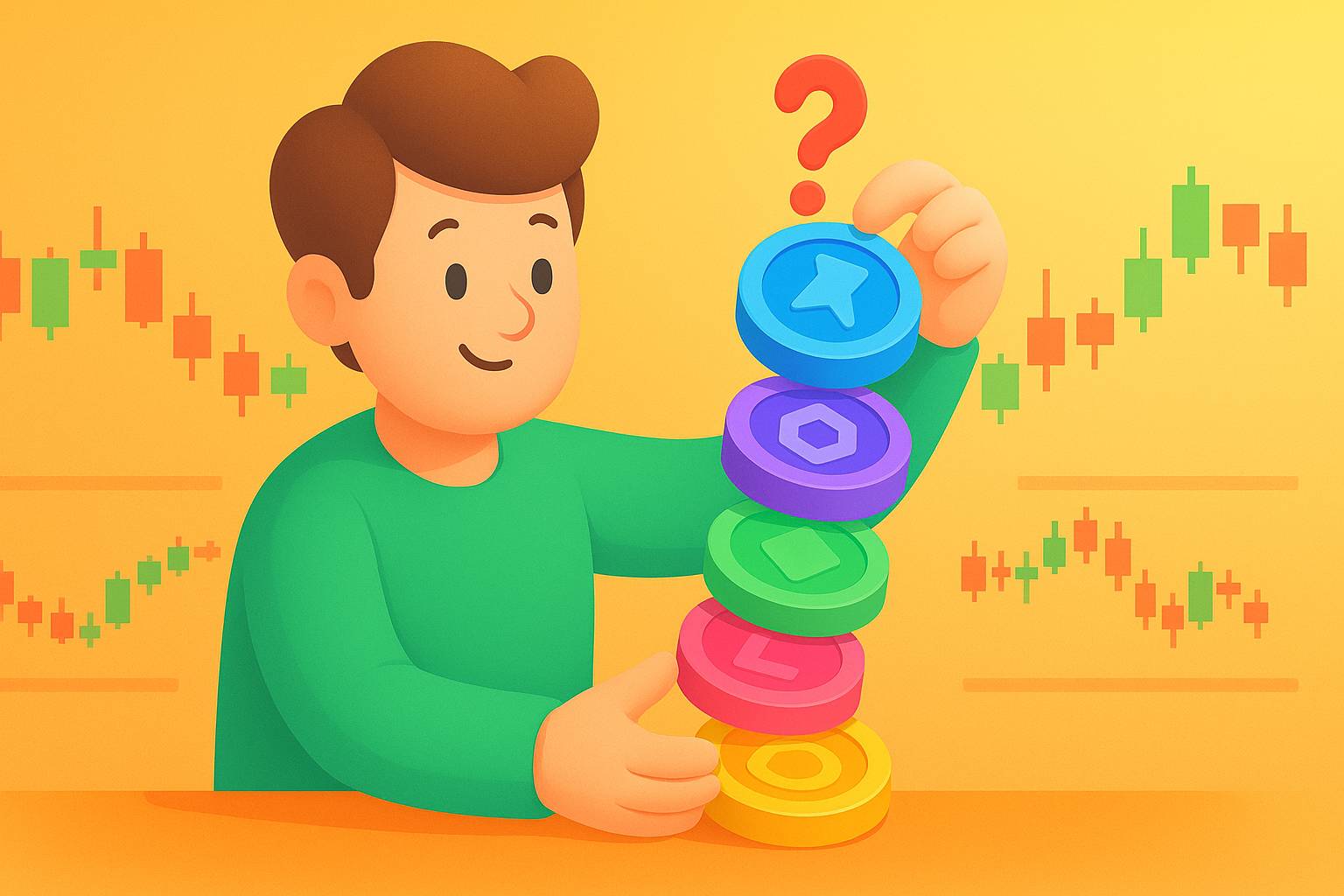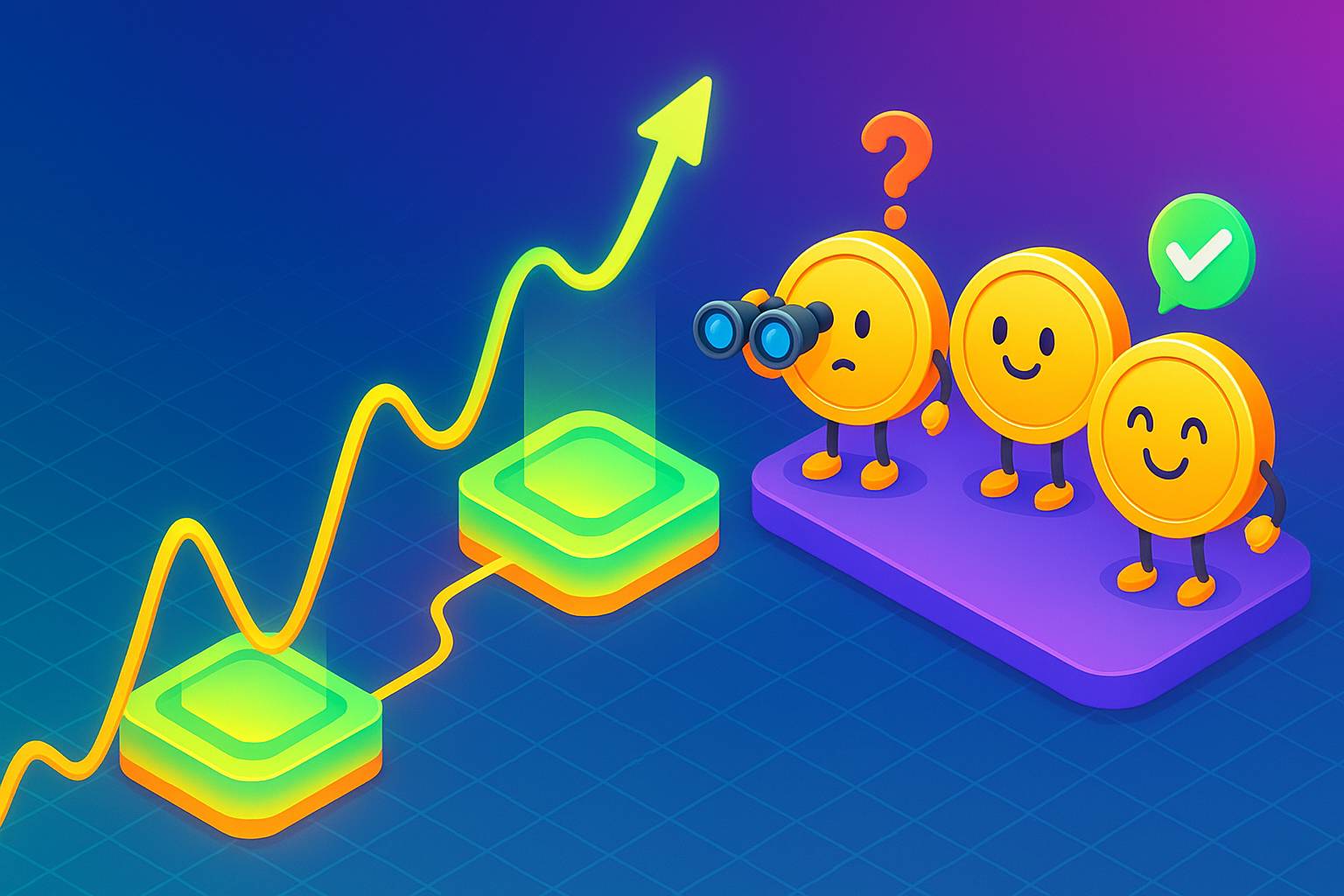Table of Contents
- In Brief: Understanding Quantitative Tightening
- How Quantitative Tightening Works
- The Economic Impact of Quantitative Tightening
- Effects of Quantitative Tightening on Conventional and Cryptocurrency Markets
- Summary and Insights
- Common Questions About Quantitative Tightening
- 1. What Initiates Quantitative Tightening?
- 2. How Does Quantitative Tightening Impact Everyday Consumers?
- 3. How Do Quantitative Easing and Quantitative Tightening Differ?
- 4. What Is the Impact of Quantitative Tightening on the Cryptocurrency Market?
- 5. Does Quantitative Tightening Cause Recessions?









